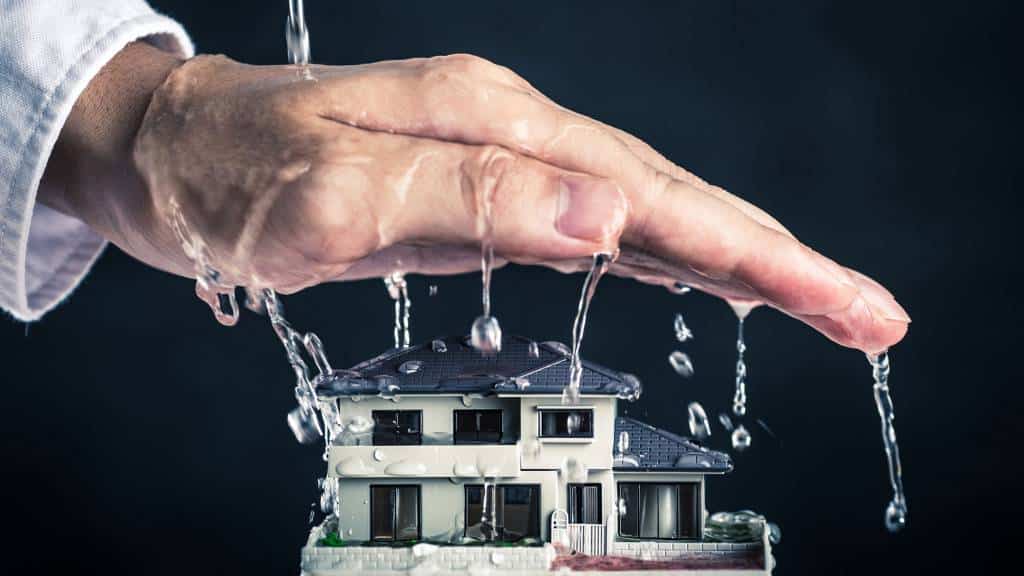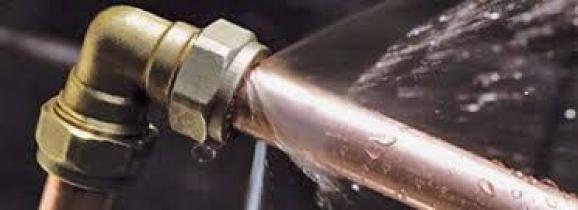The Six Most Common Sources of Water Leaks in Your Home: How to Identify and Address Them
The Six Most Common Sources of Water Leaks in Your Home: How to Identify and Address Them
Blog Article
How do you actually feel on the subject of How to detect water leaks in your home?

Leakages not just create waste of water yet can also cause unneeded damage to your home and advertise undesirable natural development. Sadly, water leaks may go unnoticed because most of the pipework in our home is hidden. By looking and understanding for everyday scenarios that cause leaks, you can safeguard your home from future leakages as well as unnecessary damage. Today, we will certainly look at 6 leakage triggers that may be creating your pipes to drip.
Elbowing in roots
Most water leakages begin outside your home rather than inside it. If you notice an abrupt decrease in water stress, say in your faucet, take time to go out as well as analyze your lawn. You could discover damp patches or sinkholes in your lawn, which could imply that tree origins are invading water lines triggering water to seep out. You can have your plumber check for breach, specifically if you have trees or shrubs near your property.
Corroded water supply
As time goes by, your plumbing system ages and rust such as rust may begin gnawing the pipelines. This might be the reason for discoloration or bending on your pipes. This asks for an evaluation with your plumber promptly. If our plumbing system is old, consider replacing the pipes since they are at a greater threat of corrosion than the newer designs.
Malfunctioning Pipeline Joints
The point at which your pipes link is often the weakest link in the waterline. Pipe joints can weaken gradually, leading to water leaks. Sadly, the majority of pipe joints are not easily visible. If you have noisy pipes that make ticking or banging sounds, specifically when the warm water is activated, your pipe joints are probably under a great deal of stress. It is a good idea to have your plumber check your system yearly.
Instantaneous temperature level modifications.
Severe temperature adjustments in our pipes can trigger them to increase and acquire unexpectedly. This growth as well as contraction might trigger cracks in the pipelines, especially if the temperature level are below cold.
Poor Water Connectors
Sometimes, a leak can be triggered by loose tubes and also pipelines that supply your appliances. Generally, changing is what triggers the loosened water Links. You might find when it comes to a washing device, a hose pipe might spring a leak because of shaking during the spin cycle. In case of a water links leakage, you might observe water running directly from the supply line or pools around your appliances.
Blocked Drains
Blocked drains could be aggravating as well as inconveniencing, but they can sometimes wind up causing an overflow bring about burst pipes. Maintain removing any materials that might go down your drains pipes that could clog them to stay clear of such troubles.
All the above are sources of leakages yet not all water leakages arise from plumbing leaks; some leaks could originate from roofing leaks. All leakages need to be fixed quickly to prevent water damages.
Leakages not just cause waste of water yet can additionally trigger unnecessary damage to your house and also promote unwanted organic growth. By comprehending and also looking for daily circumstances that create leaks, you can safeguard your residence from future leaks and also unneeded damage. Today, we will certainly look at six leakage causes that may be triggering your pipes to leak.
At times, a leak can be created by loose hose pipes as well as pipes that supply your home appliances. In instance of a water links leakage, you may observe water running straight from the supply line or puddles around your devices.
How To Check For Water Leak In Your Home
How To Check for Leaks
The average household's leaks can account for nearly 10,000 gallons of water wasted every year and ten percent of homes have leaks that waste 90 gallons or more per day. Common types of leaks found in the home are worn toilet flappers, dripping faucets, and other leaking valves. These types of leaks are often easy to fix, requiring only a few tools and hardware that can pay for themselves in water savings. Fixing easily corrected household water leaks can save homeowners about 10 percent on their water bills.
To check for leaks in your home, you first need to determine whether you're wasting water and then identify the source of the leak. Here are some tips for finding leaks:
Take a look at your water usage during a colder month, such as January or February. If a family of four exceeds 12,000 gallons per month, there are serious leaks.
Check your water meter before and after a two-hour period when no water is being used. If the meter changes at all, you probably have a leak.
Identify toilet leaks by placing a drop of food coloring in the toilet tank. If any color shows up in the bowl after 10 minutes, you have a leak. (Be sure to flush immediately after the experiment to avoid staining the tank.)
Examine faucet gaskets and pipe fittings for any water on the outside of the pipe to check for surface leaks.
Undetected water leaks can happen without the home or business owner even realizing. If you suspect a water leak, but not able to find the source. It is time to contact a professional water leak detection service, The Leak Doctor.
How To Find a Water Leak In Your Home
https://www.leakdoctor.com/blog/How-To-Check-For-Water-Leak-In-Your-Home_AE197.html

As a passionate person who reads on Most Common Causes of Leaky Pipes, I thought sharing that editorial was a good thing. You should take the opportunity to distribute this content if you appreciated it. Many thanks for your time. Visit us again soon.
Call Report this page